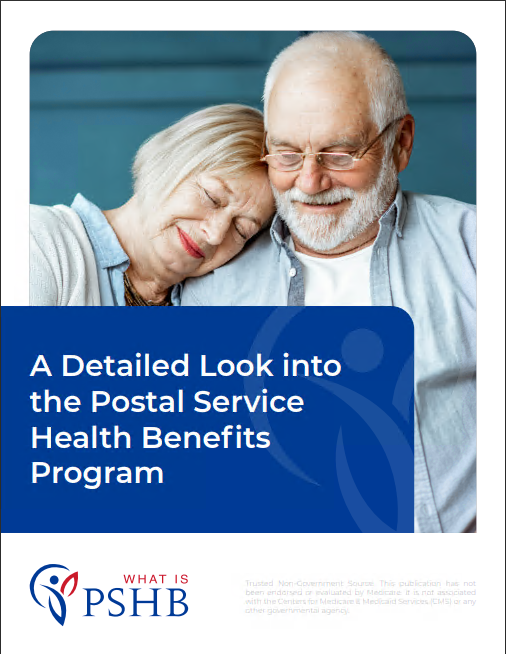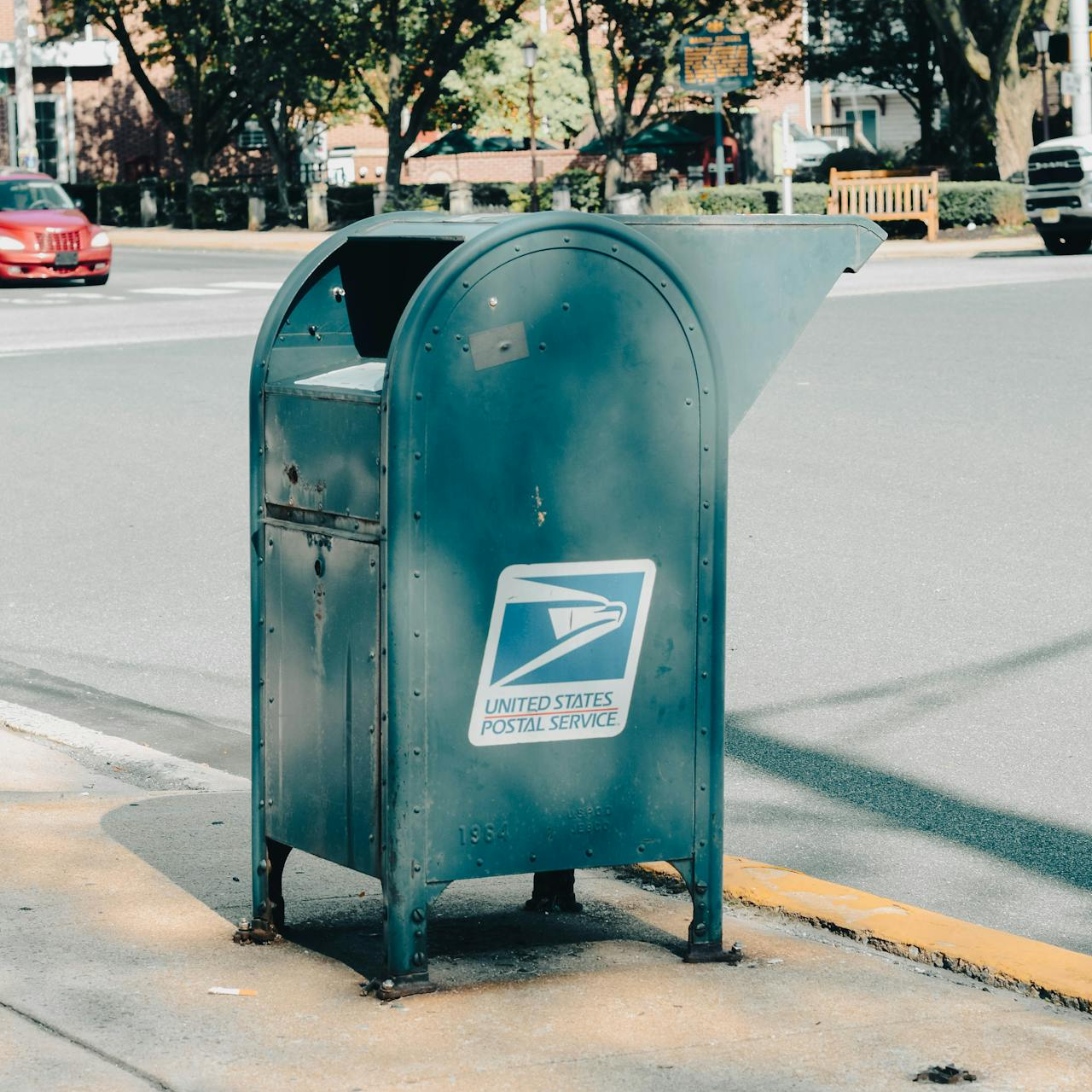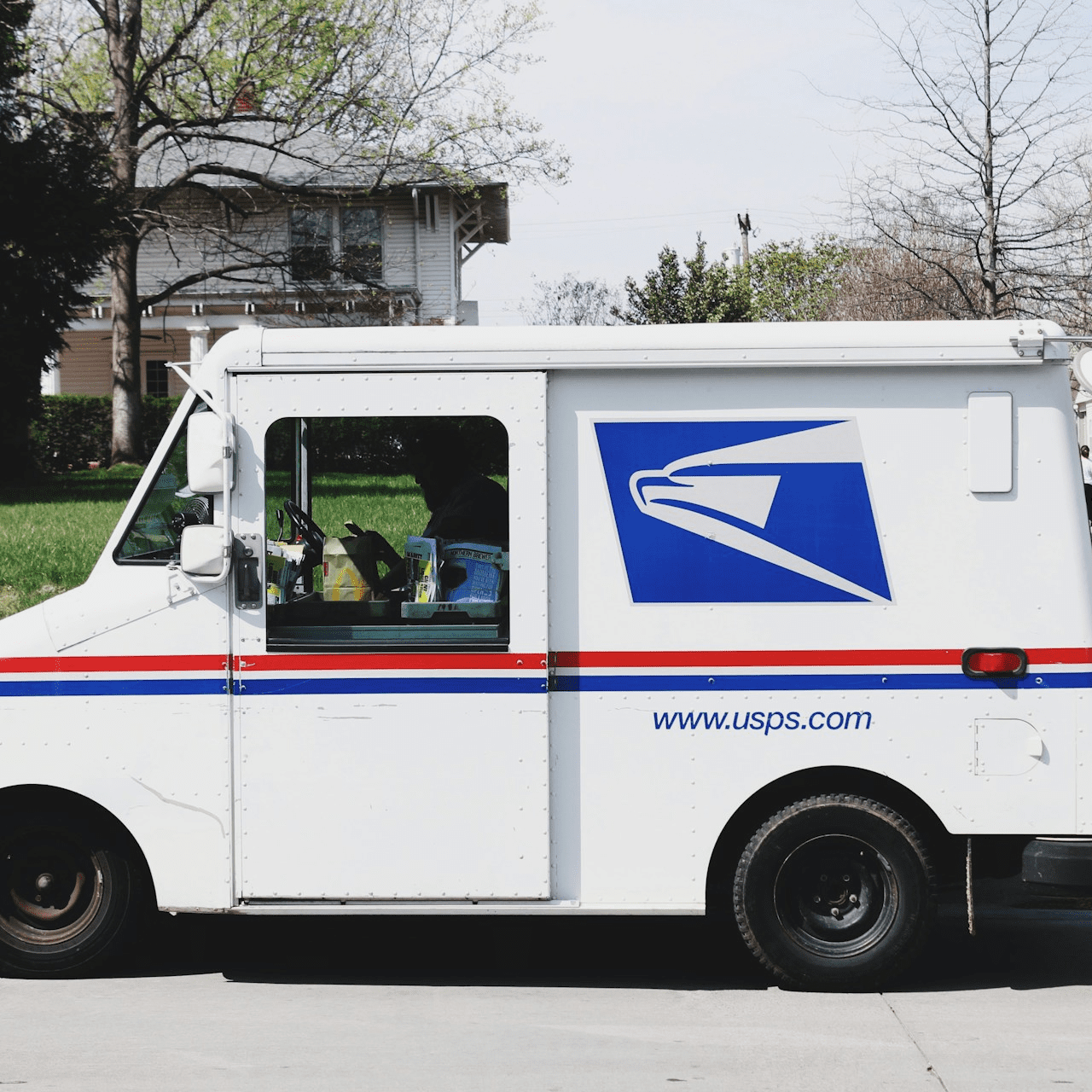Key Takeaways:
- The Postal Service Health Benefits (PSHB) program, launching in 2025, will bring significant changes to the health coverage of USPS employees and retirees.
- USPS workers should prepare for potential cost adjustments and new Medicare requirements under PSHB to ensure a smooth transition.
Are Postal Workers About to See Their Health Costs Skyrocket? What You Should Know
The United States Postal Service (USPS) employees and retirees are on the verge of significant changes in their health insurance coverage with the introduction of the Postal Service Health Benefits (PSHB) program in 2025. This transition from the Federal Employees Health Benefits (FEHB) program to a USPS-specific health benefits system could impact costs, coverage, and Medicare enrollment for many workers and retirees. Here’s what you need to know to stay prepared and how to minimize any financial shocks when PSHB takes effect.
What Is the Postal Service Health Benefits (PSHB) Program?
The PSHB program is a major part of the Postal Service Reform Act of 2022, aimed at addressing long-standing financial challenges faced by the USPS. The legislation mandates that the USPS transition its employees and retirees from the FEHB program to the newly created PSHB, which will be tailored to the specific needs of postal workers. This shift will take full effect in January 2025, meaning all USPS employees and retirees will need to enroll in PSHB plans rather than their existing FEHB coverage.
The goal of the PSHB program is to better manage health care costs and align benefits with the needs of USPS workers. However, many postal employees are concerned that this change could lead to increased health care expenses, particularly for retirees who may face new Medicare requirements. It’s important to understand how the transition will unfold and what it means for your health care costs and options.
Will Health Costs Increase for USPS Workers?
One of the biggest questions surrounding the PSHB program is whether it will lead to higher health care costs for postal workers and retirees. The shift from FEHB to PSHB could affect several key aspects of your health care, from premiums to out-of-pocket expenses. Here are some factors to consider:
-
Premium Adjustments: The PSHB program is expected to offer multiple plan options, much like FEHB. However, the premiums for these new plans may differ, and some workers might experience an increase in their monthly premium payments. While no official pricing details have been released, USPS workers should prepare for the possibility of higher premiums under the new plans, especially if their current FEHB plan was relatively affordable.
-
Cost-Sharing: Changes in cost-sharing, such as deductibles, copayments, and coinsurance, could also impact how much postal workers pay out-of-pocket when accessing medical services. Since the details of PSHB plan designs are not yet fully available, it’s unclear whether the cost-sharing arrangements will be similar to, better than, or worse than those in FEHB plans.
-
Prescription Drug Coverage: For both active employees and retirees, prescription drug coverage is a critical part of managing health care costs. USPS employees will need to carefully compare the drug coverage options under PSHB plans to ensure that they provide the same or better benefits as their current FEHB plan.
How Will PSHB Affect Retirees?
Retirees will see significant changes under the PSHB program, particularly when it comes to Medicare integration. Starting in 2025, most USPS retirees who are eligible for Medicare will be required to enroll in Medicare Part B in order to remain in the PSHB program. This requirement is one of the most consequential changes, as it introduces a new cost for those who haven’t previously enrolled in Medicare Part B.
Here’s what retirees need to know:
-
Medicare Part B Enrollment: If you are a USPS retiree who turns 65 before January 2025, you’ll need to sign up for Medicare Part B to continue your health coverage under the PSHB. Medicare Part B comes with a monthly premium, which will be an additional expense if you haven’t already enrolled. However, enrolling in Medicare Part B can reduce your out-of-pocket costs for medical services under PSHB plans, as Medicare will cover a portion of these expenses.
-
Impact on Retirees Not Yet Eligible for Medicare: If you’re a retiree who isn’t yet eligible for Medicare, you can continue with your PSHB coverage without any Medicare integration until you become eligible. At that point, you’ll need to enroll in Medicare Part B to avoid losing your health insurance benefits through the PSHB.
-
Prescription Coverage: Just like active employees, retirees should examine the prescription drug coverage under the new PSHB plans. Medicare Part D, which covers prescription drugs, will likely coordinate with PSHB plans, but it’s important to verify that your medications will still be covered at a reasonable cost.
How to Prepare for the Transition to PSHB
As the launch of the PSHB program approaches in 2025, USPS employees and retirees can take steps now to prepare for the changes and ensure a smooth transition. Here are several key actions to consider:
1. Understand the PSHB Plan Options
One of the most important things you can do is stay informed about the available PSHB plan options. As the USPS rolls out more information about the PSHB program, carefully review the details of each plan, including premiums, coverage limits, and out-of-pocket costs. Comparing these factors with your current FEHB plan will help you make an informed decision about which PSHB plan best meets your health care needs.
2. Evaluate Your Current Coverage
Before making the switch, take a close look at your current FEHB plan to understand what benefits and costs you currently have. Consider factors like your deductible, prescription drug coverage, and any regular medical services you use. This evaluation will help you identify areas where PSHB plans may differ and where you might need to make adjustments to your coverage.
3. Prepare for Medicare Enrollment
If you’re a retiree or nearing retirement age, now is the time to start planning for Medicare Part B enrollment. Understanding the costs and benefits of enrolling in Medicare Part B will help you avoid surprises when PSHB goes into effect in 2025. Consider the impact of paying a monthly Medicare Part B premium alongside your PSHB premiums and evaluate how it will affect your overall health care budget.
4. Consult a Licensed Insurance Agent
Navigating the transition to a new health care program can be challenging, especially when it involves complex factors like Medicare and cost-sharing. To get personalized advice and guidance, consider consulting a licensed insurance agent. They can help you explore your options and choose the plan that best fits your situation, whether you’re still working or enjoying your retirement.
Will the PSHB Provide Adequate Coverage?
USPS employees and retirees naturally want to know whether the PSHB program will provide the same level of coverage they’ve come to expect under the FEHB system. Although the full details are not yet available, it is expected that PSHB plans will offer comprehensive coverage for a range of medical services, including preventive care, hospitalization, and outpatient services.
However, USPS workers should be cautious and thoroughly review plan offerings to ensure that:
-
Medical Networks Are Adequate: One key factor to consider is whether your preferred doctors and hospitals will be included in the network of PSHB plans. Staying in-network is critical for keeping your out-of-pocket costs low, so be sure to verify whether your current providers are covered under PSHB plans.
-
Preventive and Wellness Services Are Covered: Preventive care services, such as annual checkups, screenings, and vaccinations, are essential for maintaining health and preventing more serious conditions. USPS workers and retirees should verify that the PSHB plans include comprehensive preventive care and wellness benefits.
What to Expect in the Future
The PSHB program is designed to improve cost efficiency and sustainability for USPS health benefits. While some employees and retirees may see an increase in health care costs, others could potentially benefit from the shift, particularly if they are eligible for Medicare and can take advantage of the cost-sharing benefits between PSHB and Medicare.
In the long run, USPS employees and retirees should remain vigilant about any changes in benefits and costs under the PSHB program. As health care expenses continue to evolve, the USPS may make further adjustments to ensure that the program meets the needs of its workforce.
Preparing for 2025 and Beyond
The transition to the PSHB program in 2025 marks a new chapter in health care coverage for USPS employees and retirees. While there is still some uncertainty about the exact costs and benefits under the new system, staying informed and planning ahead will help you navigate this transition with minimal disruption. Take the time to review your current coverage, compare PSHB plans, and consult with a licensed insurance agent to ensure you’re making the best choice for your health care needs.











